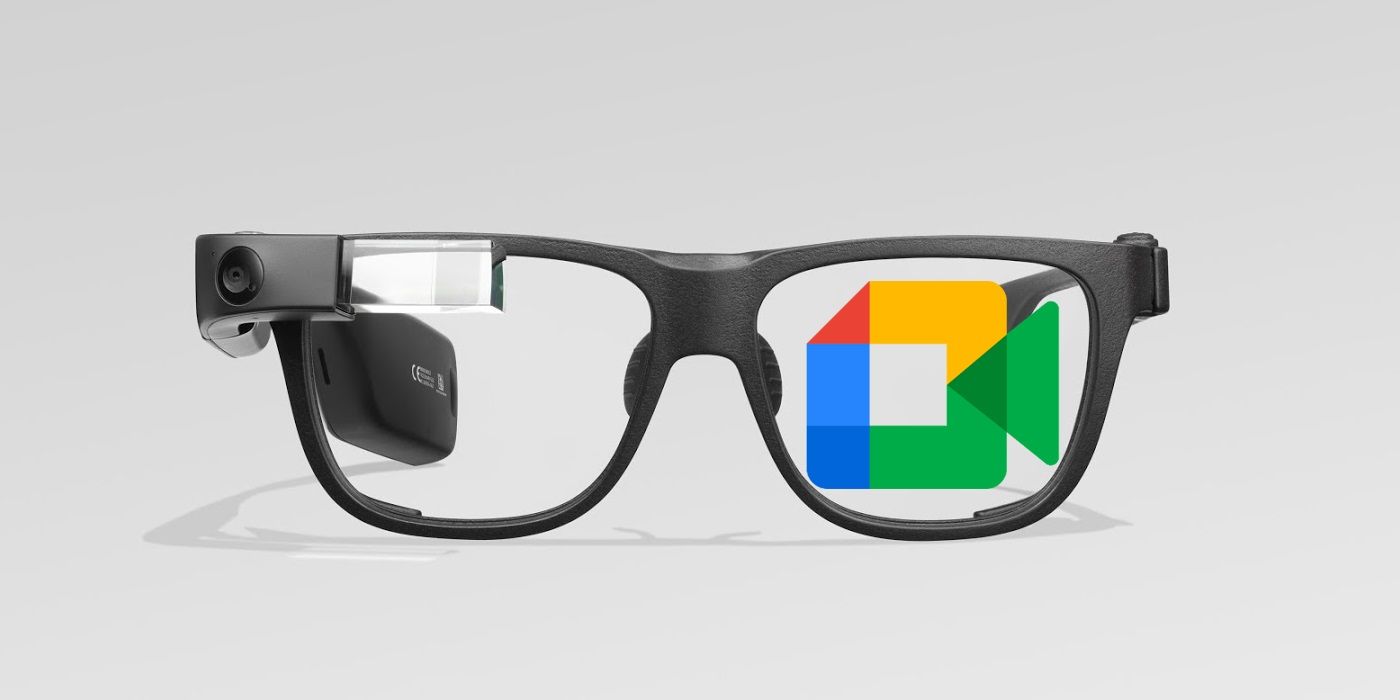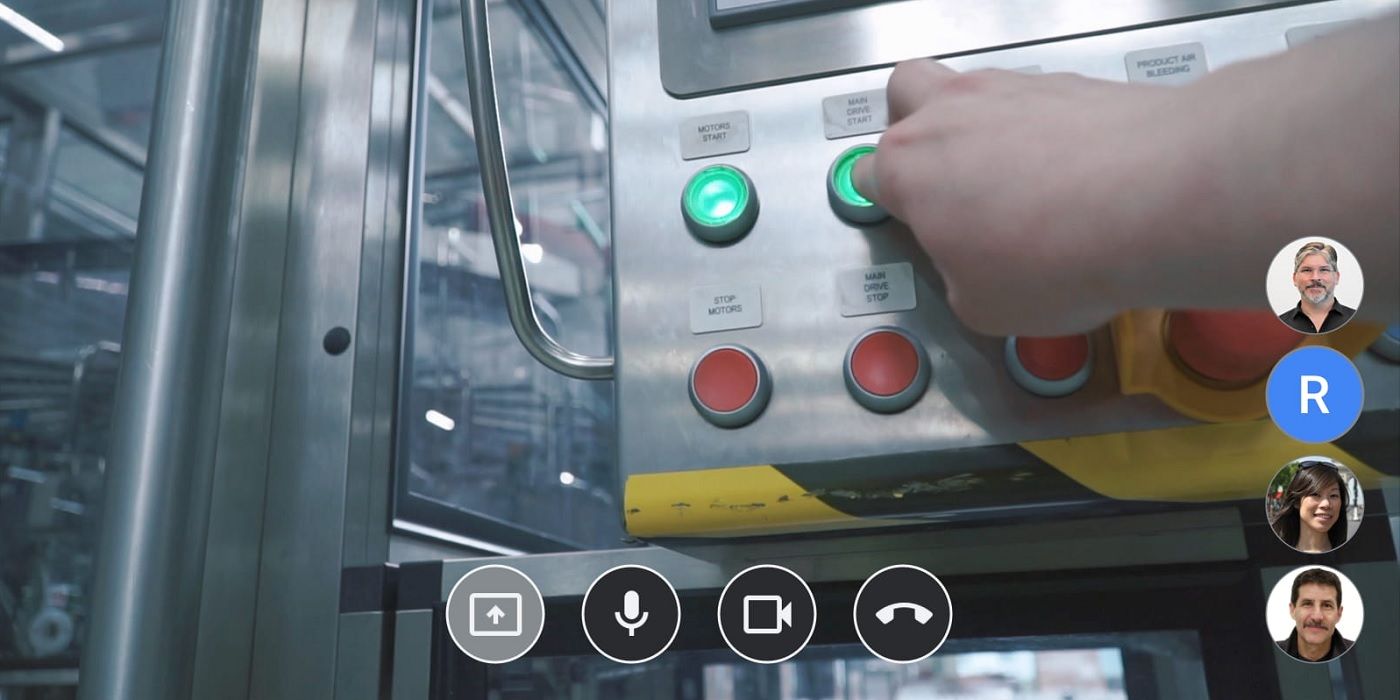Google recently announced that Meet on Glass is now open to everyone, reinventing the smart glasses as a powerful tool for the video-meeting service used by millions around the world and straying away from the original use of Glass. Meet on Glass rolled out as a closed beta for select users last year in an effort to help business cope with COVID-19 restrictions by boosting remote work capabilities and virtual encounters. The closed beta was only available for enterprises running Google Workspace and Glass Enterprise Second Edition.
Glass was unveiled in 2012 as a promising new technology by the X Moonshot Factory created by Google founders Larry Page and Sergey Brin. Google Glass competes with Epson Moverio, Microsoft’s HoloLens, Amazon Echo Frames, and several other smart glass brands like Razer. Augmented Reality (AR) technology was expected to flood the world through smart glasses, phones, computers, tablets, and smartwatches. However, despite the promises the technology made, and its projected high market value, the use of AR technology has yet to take off massively and globally.
Google´s strategy of inserting Glass technology into an already established service used by millions around the world is a clever way of boosting AR technology and making it more attractive to users everywhere. Additionally, it is a shift of vision compared to the original concept of the smart glasses which failed due to price and privacy concerns. Today, Despite ten years of challenges, smart glasses have successfully established themselves as a game-changing technology tool for the Military and other sectors, and now through integrating Google Meet features the company is making an even stronger case for its glasses. “For many service technicians, trainers, and other frontline workers, the ability to share a real-time view of what they can see with their virtual clients or teams can make all the difference,” Dave Citron, Google's Director of Product for Meet, explained in a blog post detailing the Meet on Glass open beta launch.
Another Shot At Glass Success
Google's Glass has always been capable of streaming live video through different solutions like LiveStream, KickFlip, and GlassCast. However, when Glass was released, Google Meet and other video-meetings services were not quite as popular as they are today. In April 2020 Google Meet was adding three million new users each day, resulting in a 30x demand in just three months, according to Google. Meet's growth exploded that same year when the company offered its services for free to compete with Zoom during the pandemic. As the post-pandemic new normality sets in, however, hybrid workplaces and modified habits show that video-meeting services are now here to stay.
Currently, Meet on Glass is only available for Glass Enterprise Second Edition users in North America, Europe, and Australia, Additionally, it is available in Japan through a partnership with NTT DOCOMO. With almost a decade under its belt, and boosted by the pandemic shutdowns, Glass seeks to introduce itself usefully as a tool for virtual video-meetings services, a booming sector. The integration of Meet on Glass sets a new road and just might give Google's Glass another shot at success.
Source: Google


